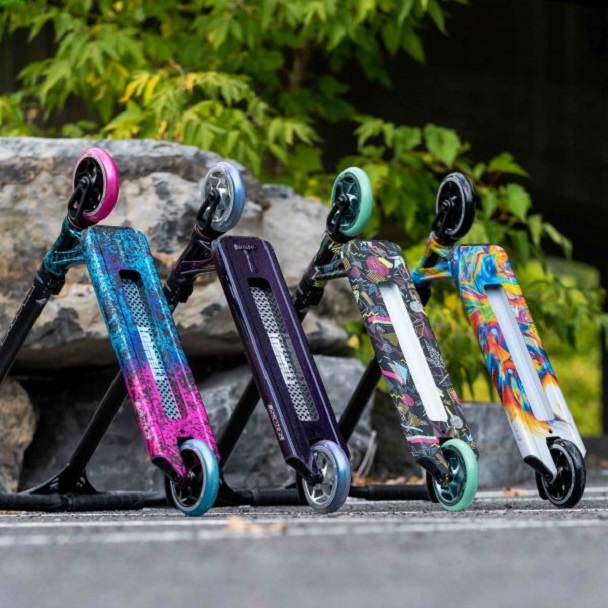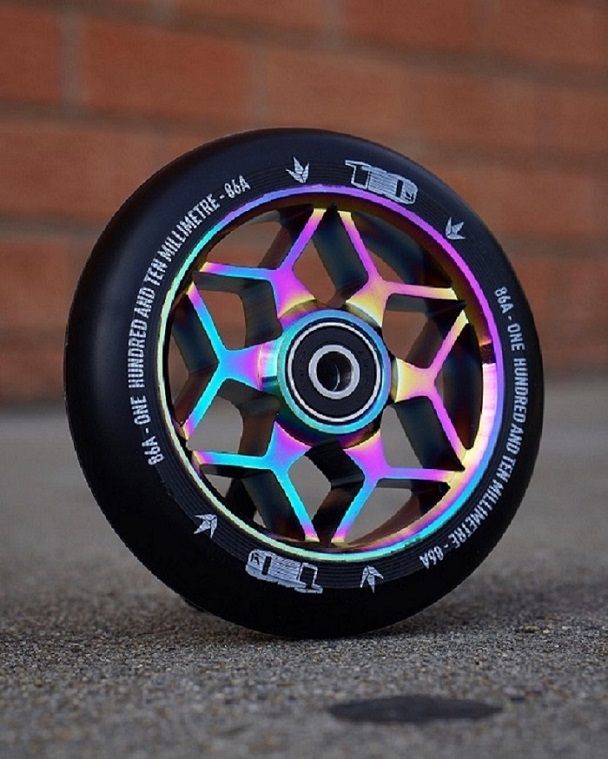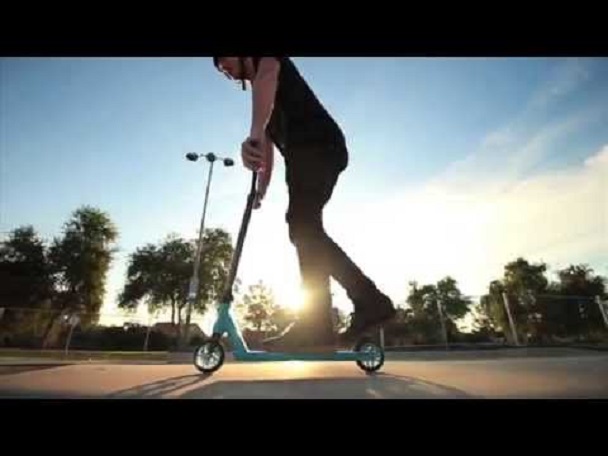Scooters have taken the world by storm once again. Kids and adults alike love having them around and using them as a transportation device as well as something to take to the skate park and do a couple of tricks with. However, scooters aren’t a novelty item. They’ve been around since the early 1800s! The concept modified and changed over the years, and the modern counterparts we have today are naturally far more advanced and feature a lot of additions and accessories to make riding even smoother and more fun. Because of the wide variety available, it can sometimes be hard to choose the best scooter for yourself or your child. Luckily, just like in the 1800s, some things still remain equally important today. Let’s overview what these features are and what you need to pay attention to when buying a scooter!

In General
It’s always best to go with something of proven quality, like an Envy Colt Scooter for beginners, or something from Fuzion’s wide range of products for those who are more advanced. You can find an Envy Colt Scooter in specialized stores, alongside other models and makes of various quality, made for riders of different ages and experiences. We recommend specialized stores as they sell brand-name scooters you’ll know are the real deal. I’m taking these scooters as an example, as they’re made of quality materials and are packed with features that will serve as a guide to help me explain why the features I’ll list are important and what the difference is between a quality-made scooter and one that’s subpar. Let’s begin.
Build

The build of your scooter, or the frame, if you will, is an extremely important part of both the riding experience and the quality of the scooter. The Envy Colt, just like other Envy models like the KOS series or the Envy Prodigy Series feature a mostly aluminium frame, paired up with other materials when needed to produce the optimal scooter. Aluminium is an industry-standard for scooters as it’s lightweight, very durable, and won’t sustain serious damage when used for stunts and tricks, especially when the scooter’s deck is in question. There are other materials as well, such as steel, but aluminium is so far the best tested and available.
In comparison, cheaper scooters may use plastic or steel for their decks and bars, which will either make the scooter lightweight, but of low quality, or pretty heavy and therefore hard to use, especially for fun. When talking about the fork, or the part that connects the deck, bar, and front wheel of your scooter, aluminium is again the best material for the job. Sturdy, yet not affecting the weight, you can be sure it won’t snap and have you landing face-first into the concrete. Most forks on brand-name scooters allow for a change of wheels up to a certain size, which can really come in handy.
Wheels
When on the subject of wheels, there are a couple of things I’d like to go over. The wheel on a scooter is usually made out of two parts – an inner and outer part, unlike what you find on a car. However, while the wheel and tyre on a car can be separated, you can’t do that to a scooter’s wheel, so choosing the best pair is important.
When looking at scooter wheels, take into consideration these two parts – the urethane, which is the “tyre” and the core, which is the “wheel”. The core is important as it keeps the wheel steady and strong and the urethane (or polyurethane) is responsible for the speed, grip, and so on.

Wheels on cheaper scooters can have plastic cores, which is a definitive no-no for riding and doing tricks. The plastic won’t last too long and by getting a plastic-cored wheel, you make yourself vulnerable to injuries and accidents.
On the other hand, pro scooters often feature an aluminium core, which, as we said, is very durable and won’t let you down, or they can have what’s called a “hollow-core” wheel (as the Fuzion Z350 does, for example), which is a somewhat new technology and it’s been proven to be quite durable! Hollow-core wheels are quite light, lighter than the aluminium-cored ones, and they’re a great choice!
Quality
Everything I’ve said so far speaks a lot about the differences in quality between a cheap scooter and a pro one. Some things I haven’t yet mentioned are things like handles, brake-systems, bearings, screws, and other knick-knacks that can make or break a scooter, and I mean this quite literally!
Not all scooters have a braking system, but if they do, it should be a nylon one. Durability, quality, and convenience are key factors here. Lower-quality scooters have decent, usually beginner-friendly braking systems, but you can be sure they won’t last long and may damage the urethane. They can also sometimes make noises or break apart after a while.
A properly installed quality braking system as found on the Envy One scooter, for example, will work much smoother, last longer, and won’t damage any part of your scooter.

Bearings and screws are also an important aspect to take into consideration, as they’re literally what holds the thing together, from the wheel, to fork, bar, and so on. Cheap scooters will often need tightening and you’ll experience breakage of parts and a regular need for replacement, while a quality scooter won’t need maintenance and replacing parts as often.
The reason for this is that brand-name scooters are built in specialised factories and manufacturers really pay attention to the materials they’re using, down to the smallest of parts. Their focus is always on functionality and safety, so forking up (get it?) the cash and buying a more expensive scooter will definitely be worth it in the end!





















